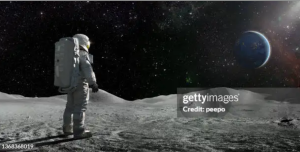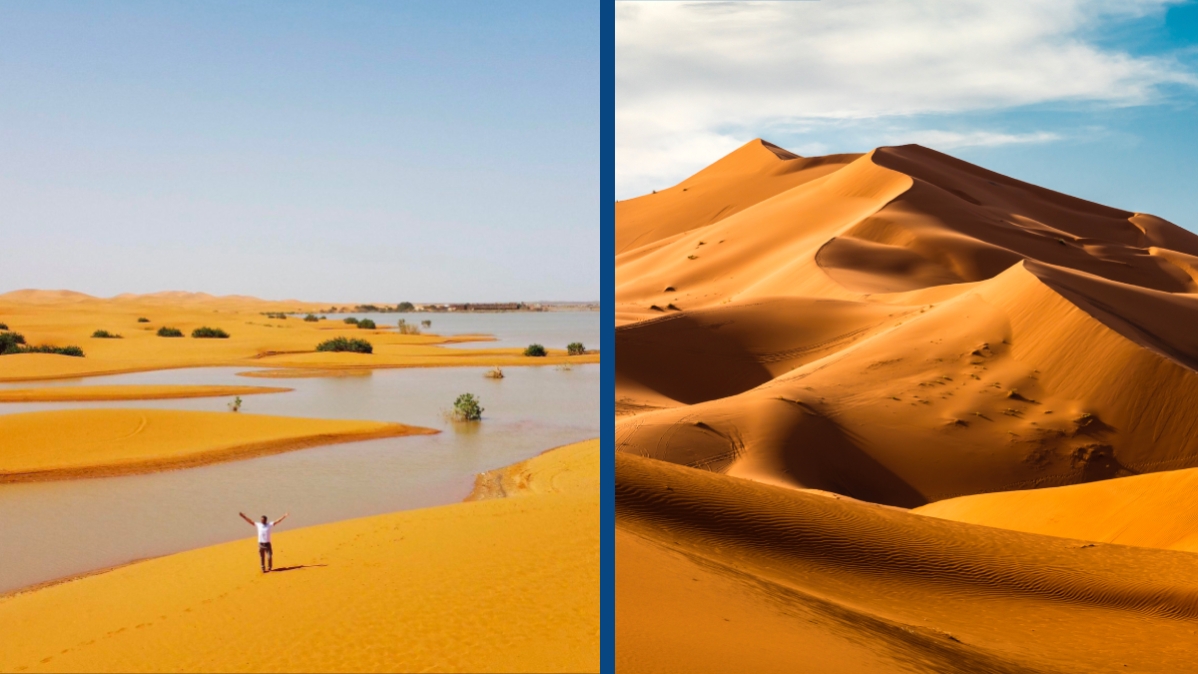The Sahara Desert is known as one of the driest places in the world, but during September, the desert faced extreme flooding for the first time in 50 years. This uncommon weather occurred just 48 hours after rain in the Moroccan area of the African desert.
Rain is very rare in the Sahara Desert due to the presence of the cold Canary Current along the western edge of the desert, which lowers air temperatures, leading to a decrease in rainfall.
“While some degree of rainfall in this region happens every summer, what’s unique this year is the involvement of an extratropical cyclone,” Moshe Armon, who is a senior lecturer at the Institute of Earth Sciences at the Hebrew University of Jerusalem, informed NASA Earth Observatory.
In just one day, the desert received about 3 inches of rainfall. This amount of rainfall is over four times the average amount for September and is equivalent to over half a year’s worth of rain for this area. The event’s greatest impact was filling Lake Iriqui, which had not had any water since 1925.
Houssine Youabeb of Morocco’s General Directorate of Meteorology said, “It’s been 30 to 50 years since we’ve had this much rain in such a short space of time.”
Although some people may view this weather as relieving or exciting, it has had a negative impact on some wildlife, people, and plants. Over 20 people have died due to this flooding and others experienced damage to their homes and crops.
As a result, the Moroccan government called for urgent assistance programs, especially in the regions that were impacted by last year’s earthquake.
















